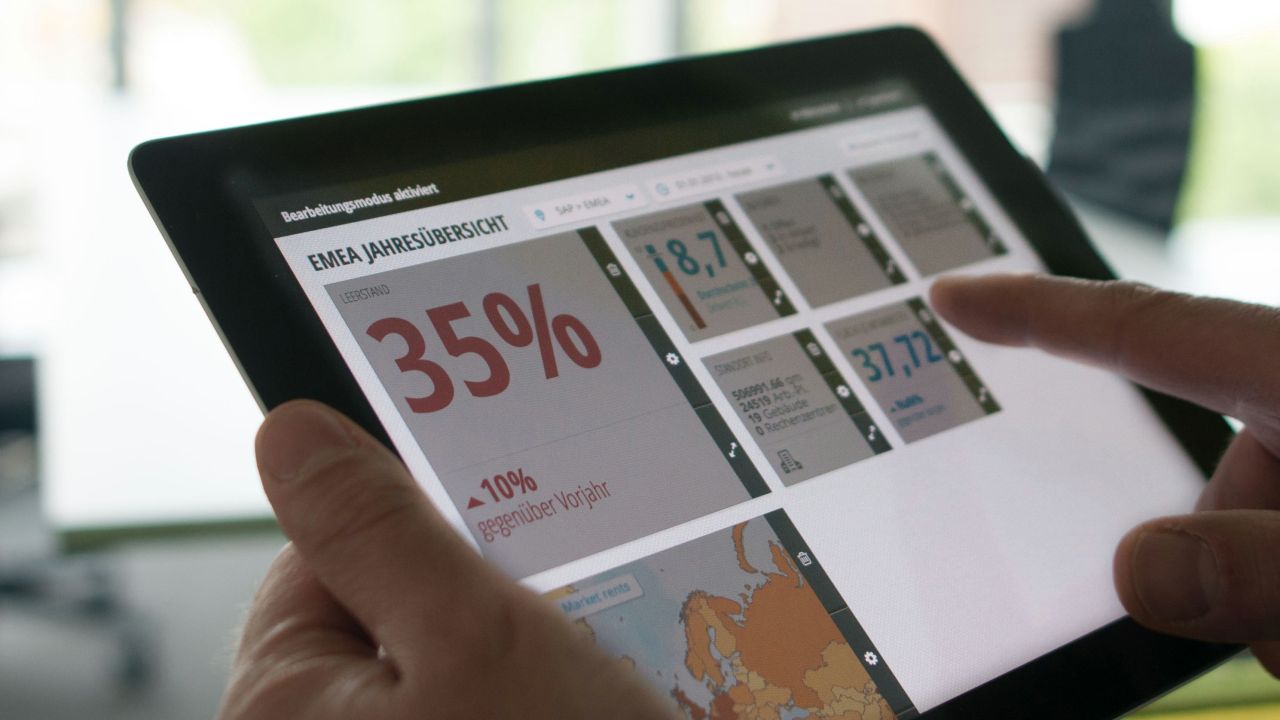Proximity marketing networks: the future of consumer engagement?
Making marketing much more personal

Over the past year we have seen a number of retailers in the UK begin to experiment and trial proximity marketing technologies, such as beacons and geo-fencing tools, to provide a more personalised and engaging customer experience.
Most recently, we have seen one of the UK's largest supermarket chains, ASDA, join an impressive array of retailers, including John Lewis, Tesco and Waitrose, to trial beacon technology across a selection of stores across the country.
The steady increase in retailers 'dipping their toes' in beacon technology in 2014 has demonstrated how marketers in the industry have seen the enormous potential afforded to them by this and the impact the subsequent benefits, such as an improved customer journey or increase in footfall in-store and ROI, has had within the retail technology space.
Proximity marketing tools are not just a mechanism for delivering vouchers and coupons, but rather an innovative new method for retailers and businesses to better understand the needs and wants of their customer base, as well as notable patterns in buying behaviour.
As we look to 2015, the more retailers' trialling the technology for this purpose will naturally lead to a change in people's perceptions as it highlights just how important effective engagement through mobile devices has become in this digital age of hyper-connectivity.
One concern that has been raised surrounding this form of engagement is the fear that consumers will be bombarded with irrelevant content. The onus will be on retailers to implement proximity marketing responsibly and use the acquired data analytics wisely in a non-obtrusive way that enhances customer interaction and benefits the customer experience.
In the not too distant future we will begin to see further interest in the technology from even more retailers and businesses and, in response to this, the number of them partnering with vendors to implement trials will only continue to grow.
Sign up to the TechRadar Pro newsletter to get all the top news, opinion, features and guidance your business needs to succeed!
There is no doubt that proximity marketing is going to be a huge opportunity for retailers and brands, as it allows them to bridge the gap between bricks and mortar stores and the digital connection they can make to customers in-store. Increasingly, the home screen of our smartphone is becoming a steady stream of personalised content and a link between a retailer and the consumer.
As the use of the technology gains momentum, and following trial stages, we will see retailers go on to create proximity marketing networks that they can roll out across their stores. Some of these networks will be private - communicating to their own customers only - whereas some of these networks will be open, in a shopping centre environment for example, to allow other brands and companies to advertise to in-store visitors.
Looking at the bigger picture, once a retailer has created a network of beacons they will able to control what content is made available across a wider remit. These networks can also be used to gather a rich collection of data which in turn will enable retailers and brands to communicate better with their customers resulting in a positive impact on the bottom line.
- Ian Malone is founder and CEO of proximity engagement specialist, Geemo.